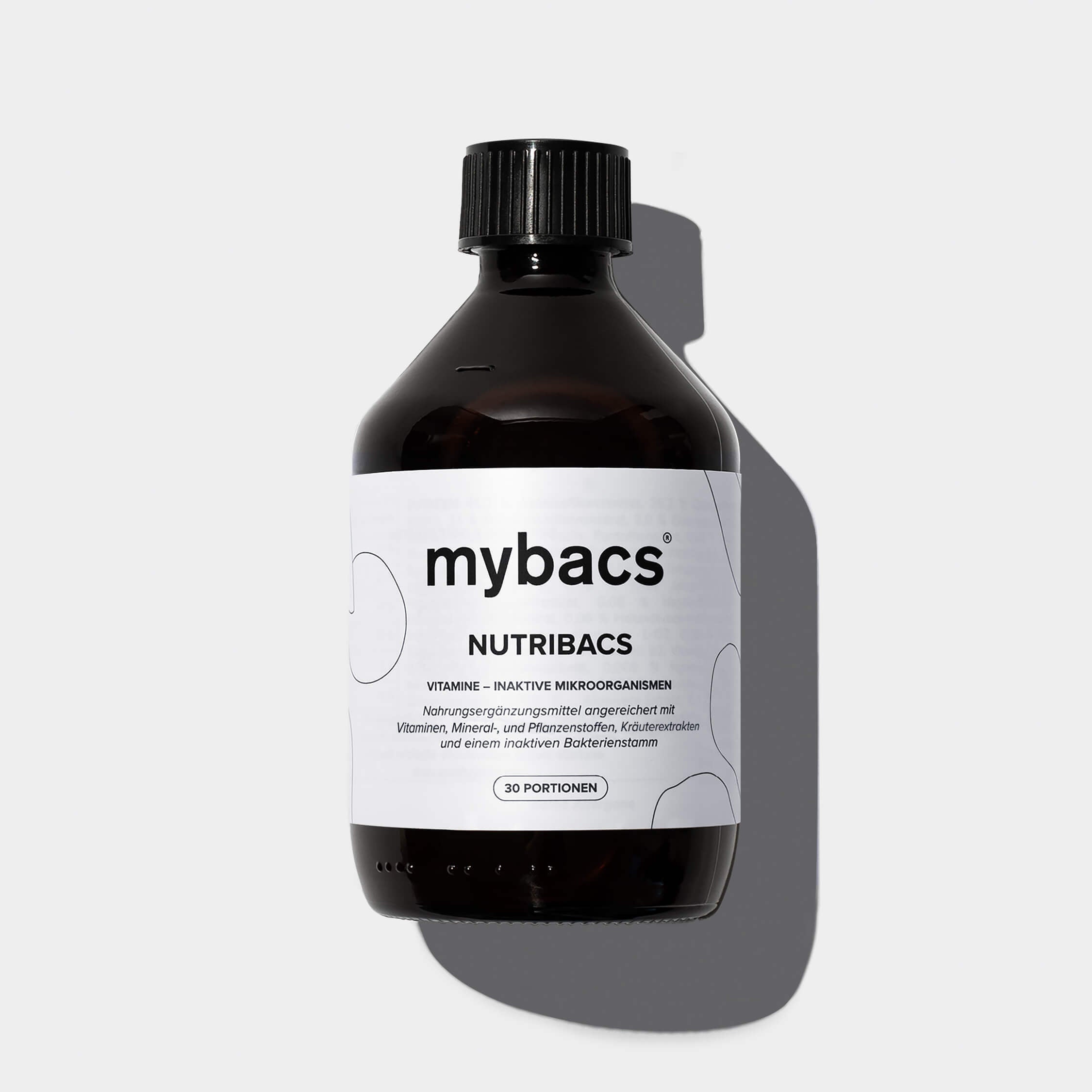Beliebte Suchanfragen
Artikel
Produkte

Dailybacs® Women
Mit einer Kombination aus 11 lebenden Milchsäure- und Bifidobakterienstämmen sowie ausgewählten Vitaminen und Mineralstoffen.
Da CHF 49.95

Dietbacs®
Mit einer Kombination aus 5 lebenden Milchsäure- und Bifidobakterienstämmen sowie Reducose®.
Da CHF 59.95

Nutribacs®
Ein wärmebehandelter Bakterienstamm mit einer ausgewogenen Mischung aus Vitaminen, Mineralien, Pflanzen- und Kräuterextrakten.
Da CHF 74.95

Dermabacs®
Mit einer Kombination aus 11 lebenden Milchsäure- und Bifidobakterienstämmen sowie ausgewählten Vitaminen und Mineralstoffen.
Da CHF 59.95
ab
Wir haben hier kein Ergebnis gefunden
Für den Suchbegriff
konnte kein Ergebnis gefunden werden.
Versuch es mit einem anderen Suchbegriff oder gib uns unter
support@mybacs.com
Bescheid und wir schauen für dich nach.